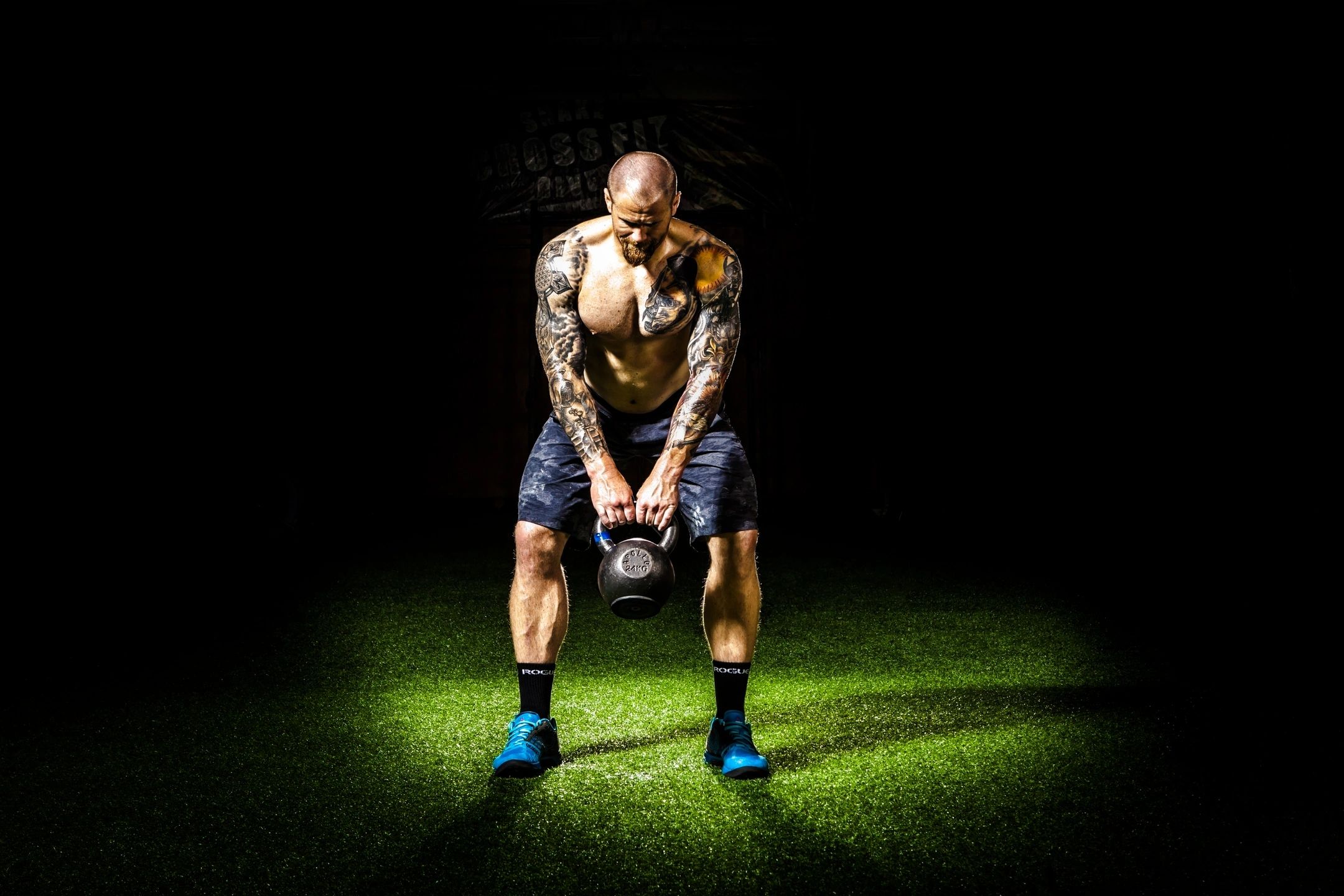While gyms were closed during the COVID 19 quarantine, kettlebells proved to be a highly effective, cheap, and portable way of maintaining and even increasing my strength. I initially bought them due to the slowly permeating presence of insanity resulting from a lack of access to the gym. This forcing of my hand to an alternative proved to be a blessing since I far prefer kettlebells to more traditional forms of weight training in commercial American gyms. If you are researching whether or not to make the purchase of your first kettlebell, use this reading as it will provide an in-depth analysis of the pros and cons of such a purchase.

First and foremost, kettlebells are highly inexpensive for the versatility and uses that they offer. For men beginners, I would recommend something around 30 lbs and 20 lbs for women beginners. You will find these options for roughly $45 or less. Considering how much use you can get out of them, I consider this a worthwhile investment in your health and fitness. Additionally, these weights take up nearly no space and can be stored as well as used in a small apartment. You can easily transport your kettlebell anywhere you want to work out inside or outside.
On a more physical level, kettlebells offer the all the same lifting movements as conventional barbell lifting and more. Among these would be the squat, deadlift, overhead press, clean and press, and a modified chest press. Additionally, the kettlebell swing is an exercise exclusive to kettlebells that can be considered one of the best compound movements in terms of building strength and endurance. I will go over all these workouts in other upcoming blog posts. Kettlebells do experience a drawback in this realm however considering that they are a fixed weight. Especially for deadlift and squat, many will find that kettlebells are simply too light. The way to get around this bottleneck is to use variations of these workouts or increasing the volume of repetitions in a set. You may also need to buy more and heavier kettlebells in time as you get stronger.
The movements that kettlebells provide are almost all compound movements that engage several muscle groups at one to improve muscular coordination as well as other stabilizer muscles that are often neglected while using only machines and barbells. With barbells or machines, you will almost always be performing extremely linear movements that will have very little practicality in building strength for your everyday life. The bench press is probably the most notable example of this. While this method of weightlifting is excellent for building a physique by focusing on specific portions of the body, it leaves something to be desired for practical utility. If you observe professional MMA fighters for instance, many of them have completely unassuming frames compared to bodybuilder counterparts who use these linear movements to chisel pinpointed locations on their body. In many ways however, MMA fighters will be more powerful and coordinated in their movements and mobility.
If you train with weights primarily for the benefits to your physique, kettlebells are most likely not for you. They will result in a bulky midsection, decreasing your shoulder to waist ratio, and enlarging other muscle groups that are not considered as appealing in bodybuilding circles. Male greek and roman statues present excellent examples of the type of physique you can build with kettlebells. Large legs, especially hamstrings and glutes, enlarged obliques and a tremendous back. The posterior chain is heavily challenged by kettlebell workouts.


If you find this sort of physique appealing, then consider the investment in a kettlebell and research the abundance of resources on the internet. I will be posting more information soon regarding the essential kettlebell movement and some versatile strength / conditioning workouts. Stay tuned.
